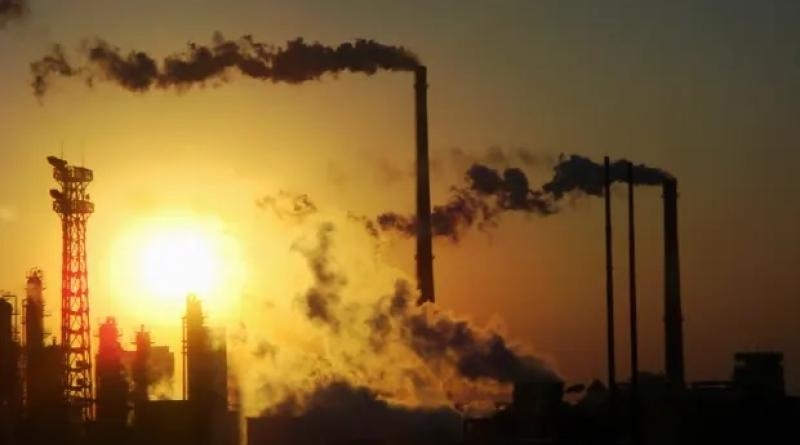A low-carbon chemical industry ‘could create 29m jobs and double turnover’

New report explains benefits of adopting more efficient technology and warns failure to do so could mean climate chaos
Adopting more efficient and low-carbon technology could create 29m new jobs and double the turnover of the chemicals industry, one of the world’s biggest emitters of carbon dioxide, according to a new report.
Failure to do so could condemn the world to climate chaos, however, as the climbing emissions from the manufacture of chemicals could result in a global temperature rise of as much as 4C above pre-industrial levels, which would bring catastrophe.
Chemicals manufacturing accounts for about 4% of global greenhouse gas emissions – roughly equal to the output of Russia, the world’s fourth largest emitting country – and the products are used in a myriad of other industries, from farming to automotive to consumer goods.
It would be all but impossible for the world to stay within the limit of a 1.5C temperature rise, which scientists say is vital and which nations agreed to aim for last year at the Cop26 UN climate summit, without sharp reductions in emissions from the chemicals industry.
By adopting techniques already available, such as recycling plastic and using fertiliser in a more targeted way, and investing in emerging technologies such as hydrogen, the industry could reduce its emissions rapidly. By 2050, it could be a net absorber of carbon dioxide instead of an emitter, according to a report published on Tuesday by Systemiq, a company that advises on sustainability, and the Centre for Global Commons at the University of Tokyo.
Paul Polman, former chief executive of Unilever and founder of Systemiq Capital, a venture capital firm related to Systemiq, said the chemicals industry was coming under increasing scrutiny as companies across the world sought to reduce their carbon footprint. Chemicals companies are usually invisible to the public, but the companies they supply to, which make consumer goods, are under pressure from consumers.
“They have not faced much pressure from consumers but chemicals are the key to all industries,” said Polman. “They have been notorious for lobbying in a different direction. But they can change, it is feasible, and the transformation can be fast.”
He told the Guardian: “This [report] is the first time that we can show this industry that it’s really possible to change. The mindset of the industry has to change, to show there are enormous possibilities. The financial markets are also very keen to fund this transition.”
The investments needed would amount to about $100bn a year by 2050, which is small compared with the current size of the industry, and would double its annual revenues from about $4.7tn a year at present, according to the report. The transition would also create about 11m new jobs in chemicals manufacture and a further 18m in related industries, the report forecast.
Chad Holliday, former chief executive of the chemicals giant DuPont, said: “We need realistic and immediate action from industry on the climate goals agreed at an international level. We want to see ambitious companies grabbing the opportunities represented by the global net zero transition. A planet positive chemicals industry is possible and this is a pivotal moment for the industry to redefine its future.”
Chemicals companies have resisted pressure from governments to reduce their carbon, for instance lobbying against inclusion in the EU’s emissions trading scheme for years. But the new report found that chemicals companies could harness emerging technologies such as hydrogen and ammonia to open up new markets.
Many of the other technologies needed to reduce emissions from chemicals production are already in place. Energy efficiency is now in the spotlight, as gas prices have soared, prompting more companies to examine their processes. Recycling products, such as plastic, can vastly reduce the energy and materials needed, and is far less carbon-intensive than making plastic from scratch.
Carbon capture and storage would also be needed, a technology currently still not in commercial use, but which could play a relatively minor role.






